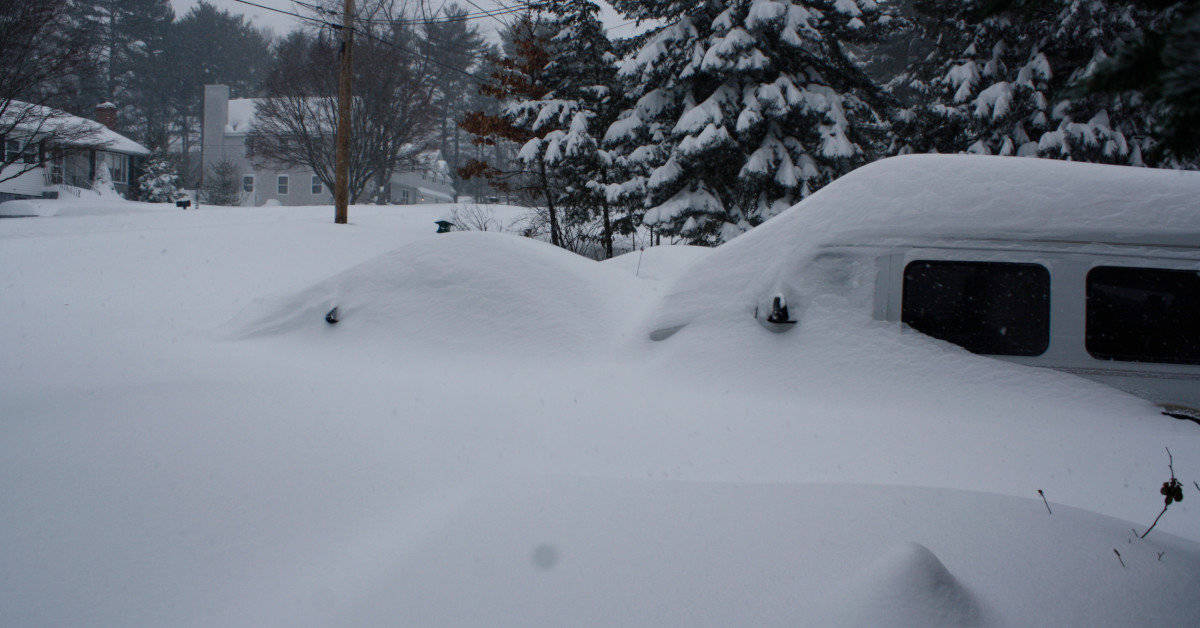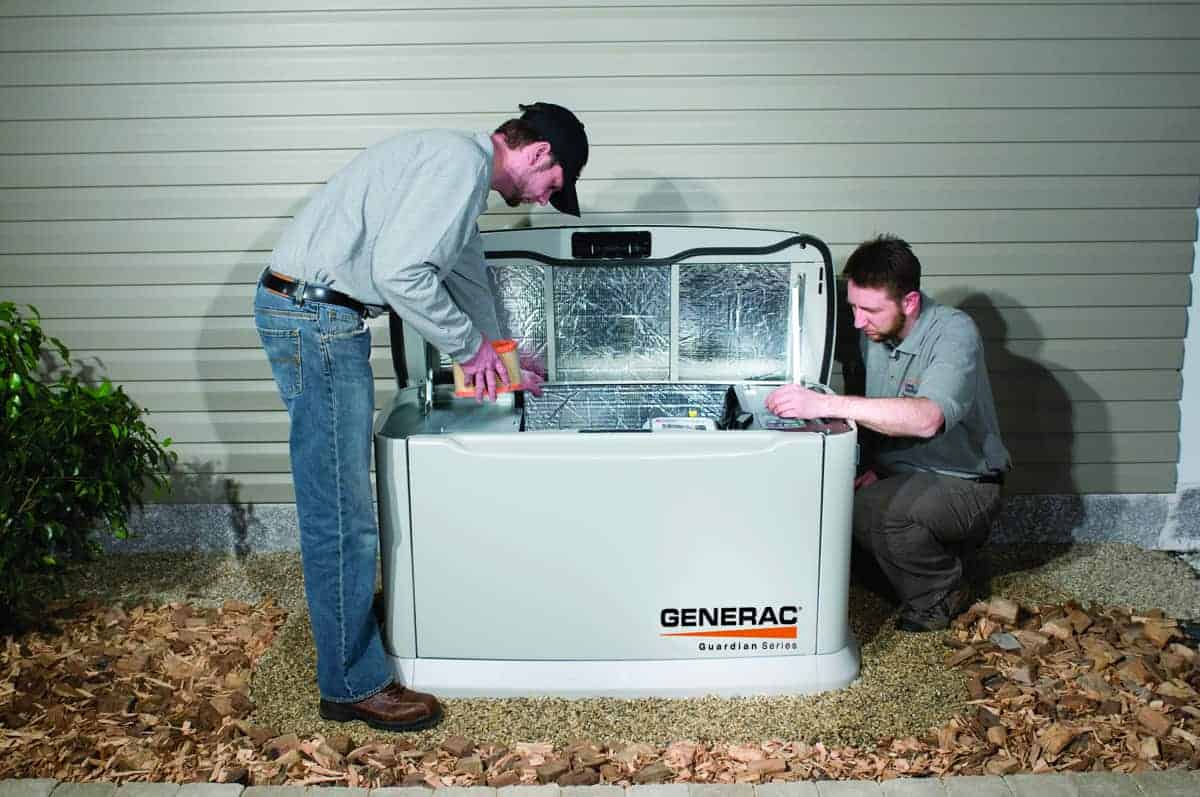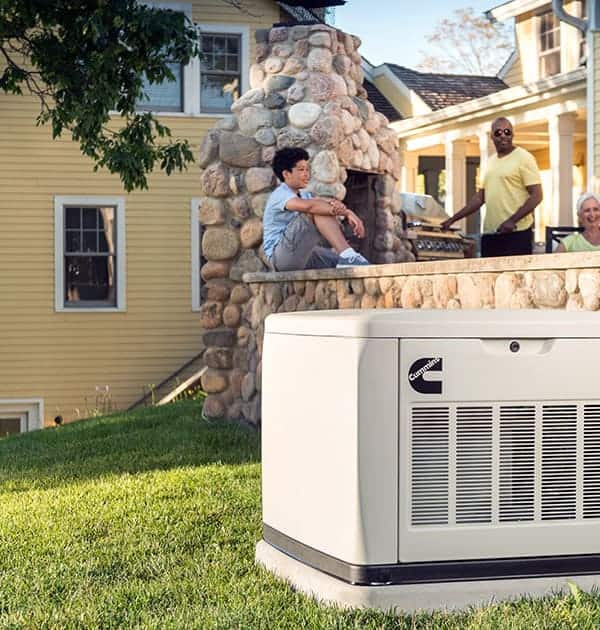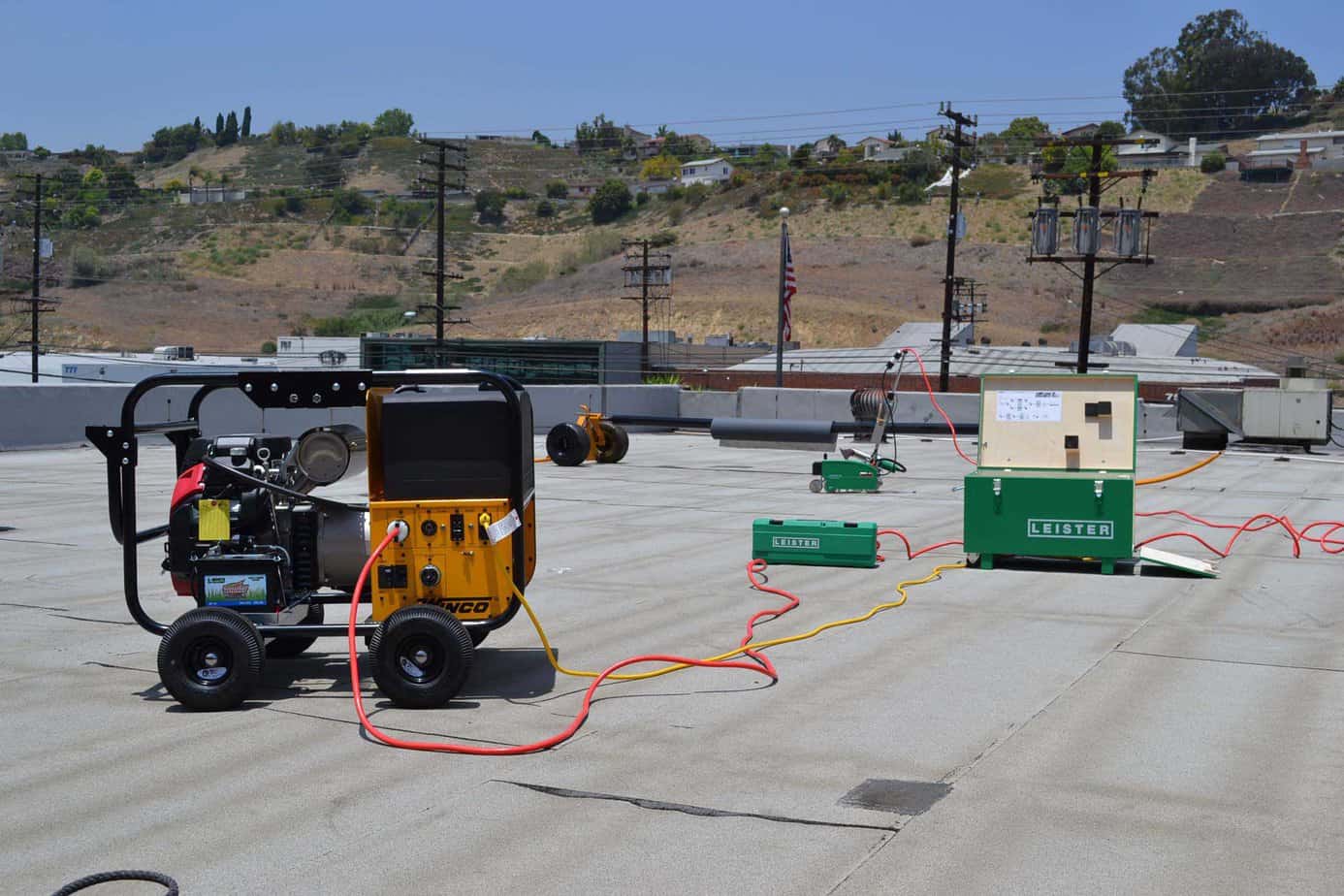Winter has arrived in some places or is on the way in others. Winter storms bring a variety of conditions including cold temperatures, high winds, ice, rain, and snow―sometimes in paralyzing accumulations. When multiple factors add up, the results can be devastating.
In the fall of 2013, South Dakota experienced a major blizzard that dropped up to three and a half feet of wet, heavy snow in some areas, leaving 25,000 utility customers without power and people stranded in cars or unable to leave their homes. Snowmobiles were used to rescue people trapped in their cars.
Winter Storms
All across the country, you’ll find differing opinions of what constitutes a major winter storm. A half-inch of snow in southern regions can bring school closures and hazardous travel, while in the far north, snowfalls of six to twelve inches are not only common, but welcomed as they attract tourists for skiing and snowmobiling.
Ice however, can paralyze any area and when it comes to electric power, ice storms can cause extensive damage to local electrical grids. When the temperature hovers near 32 degrees, falling rain can freeze on utility lines and accumulate until the sheer weight of the ice snaps the lines. Ice also gathers on trees, causing limbs to break and fall onto power lines.
When utility lines go down, it can hours or even days for crews to restore service. Meanwhile, homes and businesses without electricity are cold and dark.
Preparation
Prepare in advance for winter storms. The worst time to head for the grocery store is right after a storm is predicted. Instead, keep a supply of canned foods and bottled water on hand. An emergency supply that will last three to five days is a good idea, longer for coastal regions that experience hurricanes and tropical storms.
Emergency generators can supply power that keeps your furnace running, the basement dry, and refrigerated food supplies from spoiling. In rural areas, they keep well pumps working. Any home with a basement and sump pump will need electrical power to prevent flooding. Standby generators work automatically, are permanently installed, and many run on your home’s existing natural or LP gas supply.
Portable generators can also supply emergency power, but don’t run automatically and require a continuous supply of fresh fuel―sometimes difficult to find during a power outage or when the region is buried in snow.
Make a Plan
Decide in advance how you will weather a winter storm. Buy non-perishable food items to keep for emergencies, and then rotate the supply by replacing and then using it on a regular basic.
Generators require advance preparation. Standby generators have been called the next must-have appliance, but you won’t buy one in the morning and have it working by lunchtime. It takes an electrician, plumber, and building permits to install the generator and automatic transfer switch, and those are things that take time. There are also decisions to make before you purchase regarding size, placement, and what you will power during an emergency.
Portables generators also require advance preparation: a place to store enough fuel to last a few days, installation of a manual transfer switch, and where you will position it during use. You should also understand how to operate it safely, and never backfeed your home by plugging it into an existing appliance outlet―a dangerous practice that could kill a utility worker.
Vehicle Preparedness
Don’t forget your vehicle when preparing for winter storms. Keep some warm blankets in the car and emergency food items like energy bars, chocolate, and unsalted nuts. While traveling, bring water along for use during an emergency. If you are stranded, that 500ml bottle of water you drank earlier won’t help you much. Instead, bring a 1 liter bottle of water for each person in the car for use in an emergency. A multi-wick candle kept in a coffee can will supply a surprising amount of heat.
Alway take your winter coat, hat, and mittens or gloves with you when traveling, whether around the block or across the state.
Winter brings its own set of difficulties, but the right preparation will keep you warm and safe at home or on the road. The National Weather Service Winter Preparedness Guide.
Photo Courtesy Wikimedia Commons















